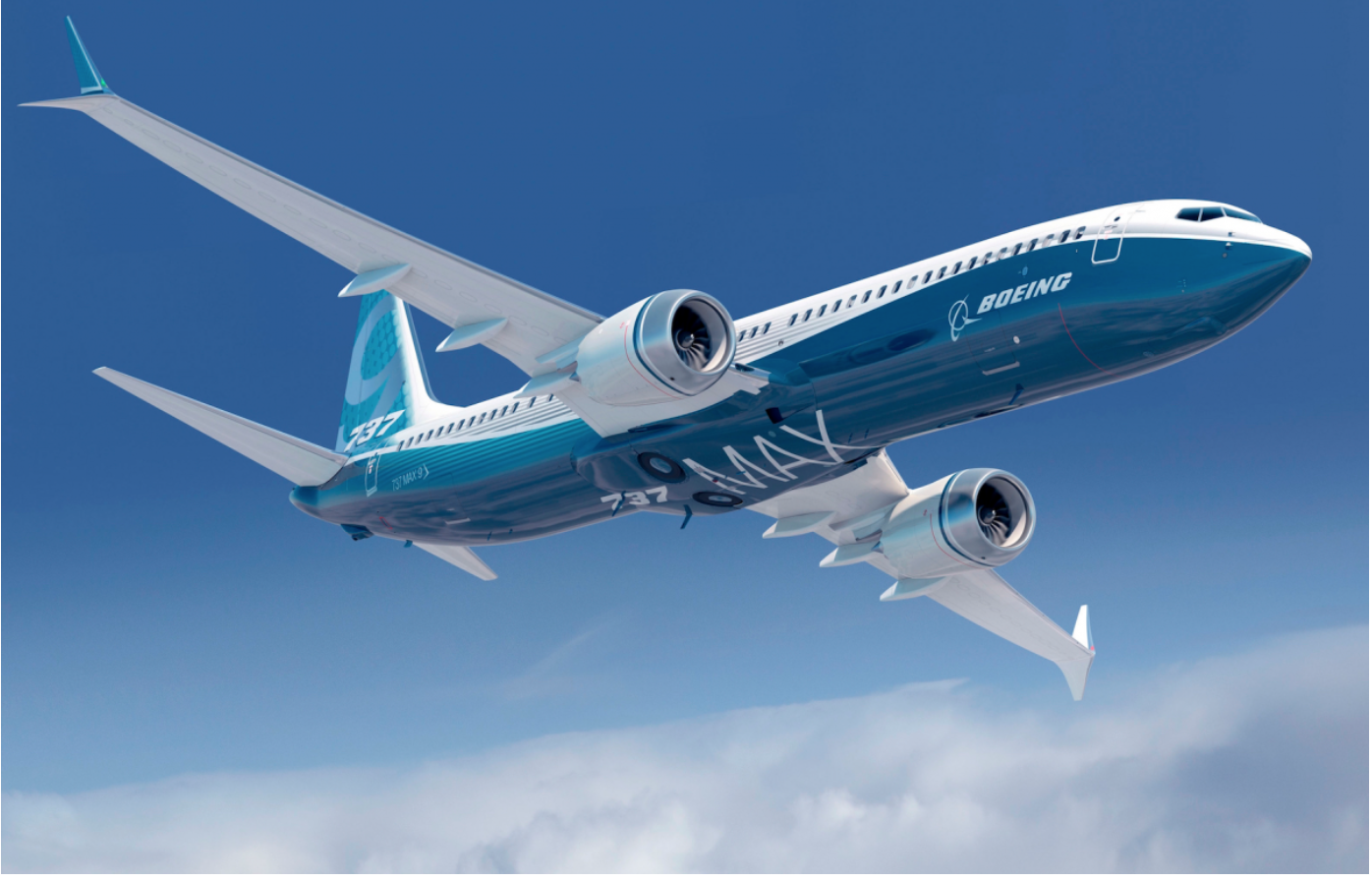The investigation into the two Boeing 737 MAX crashes reveals a disconnect between the plane and its users, the pilots. One of the events examined was the action of pilots in an emergency. Boeing tested the response of pilots using the standard emergency
In the simulator, the pilots could bring the plane under control while alarms and warnings sounded simultaneously constantly creating an atmosphere of confusion in the cockpit.
So what happened? The tests were done with professional test pilots. These are pilots who are skilled and trained to adapt to sudden and unusual situations in new types of military and commercial aircraft. Their job is to react quickly and fix the situation.
In simulators, the test pilots were able to respond correctly to the alarms and overcome the plane’s software that was taking it into a fatal dive. In the chaotic atmosphere of many alarms sounding every few seconds, they acted fast, which was key to keeping the plane in the air. But highly trained test pilots are not the same as pilots of passenger planes. And regular pilots may never face the chaotic multi-alarm environment in their entire career. The assumption that normal pilots could respond with the same speed as test pilots was a huge mistake.
Boeing didn’t ask the real users, normal commercial pilots, to test the massive changes made to the system software. The normal pilot was the plane’s end-user, not professional test pilots.
Boeing asked the right question, but asked the wrong people. If you are testing a product or service and need to know what the customer experiences, ask the customer. That is the only true way to understand the customer’s experience.
I have see providers make the same type of mistake by relying on the opinion of staff with dominant personalities to represent the customer. Staff opinions should be taken into consideration, but they can be biased because of who they talk to or their own personal feelings. These individuals are not a substitute for what real customers think.
The best way to know your customer and what they expect is simple; ask them. Which of these questions do you ask on a regular basis before designing a service or product?
-
- Who is your customer and have they changed?
- What is it that your customers need?
- What makes doing business with you difficult?
- What makes doing business with you easy?
- Why do they come to your organization instead of the competition?
Be sure to ask the right people—your current and potential customers. No substitutes.


Leave A Comment
You must be logged in to post a comment.